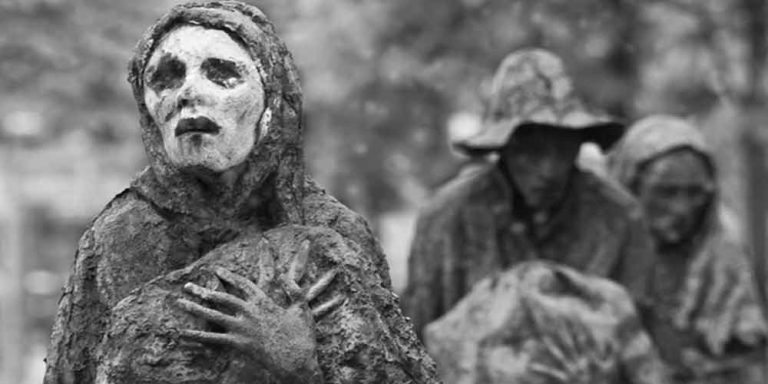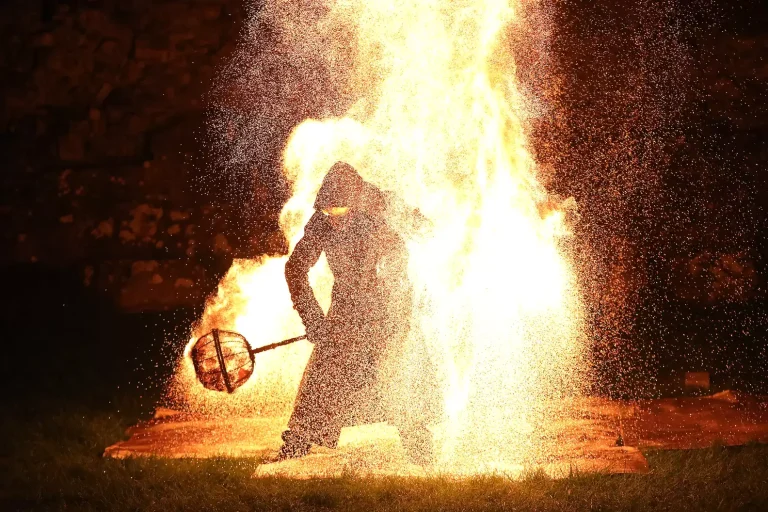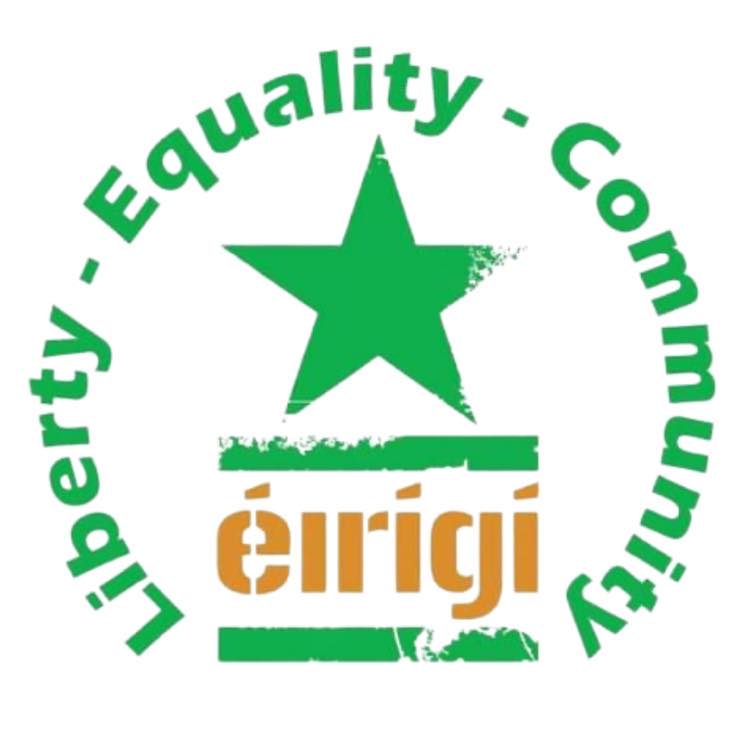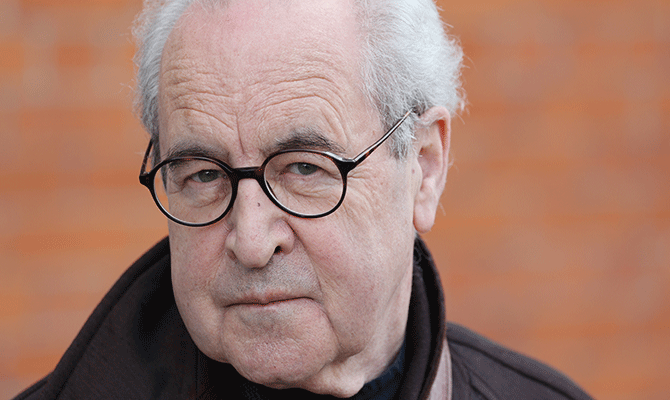The Drumlin Belt: A Geological and Cultural Treasure in Ireland


The Drumlin Belt is not just a geographic feature; it is a living tapestry of ancient settlements, historical events, folklore, and resilient communities. In this blog, we will explore the origins, history, and cultural richness of the Drumlin Belt, uncovering what makes it one of Ireland’s most fascinating and enduring regions.
What are Drumlins? The Geology of the Drumlin Belt
Drumlins are small, elongated hills formed by glacial activity during the Pleistocene epoch, approximately 10,000 to 30,000 years ago. As glaciers advanced and retreated across Ireland, they sculpted the landscape, depositing sediments that formed these unique hills. The term “drumlin” comes from the Irish word droimnín, meaning “little ridge.”
The Drumlin Belt, which stretches from County Down through Monaghan, Cavan, and Louth, contains one of the highest concentrations of drumlins in the world. These hills, typically oriented in the direction of glacial movement, give the landscape its distinctive “basket of eggs” appearance. They are often interspersed with lakes, bogs, and fertile valleys, creating a patchwork of habitats and agricultural land.
The Early Inhabitants of the Drumlin Belt
The drumlin-dotted landscape provided an ideal setting for early human settlement, offering fertile soils, natural fortifications, and abundant resources. Archaeological evidence indicates that humans have inhabited the Drumlin Belt since the Mesolithic period (7000–4000 BCE).
Neolithic Settlers
During the Neolithic era, the region saw the construction of megalithic tombs, including portal dolmens and wedge tombs. Sites such as the Creevykeel Court Tomb in Cavan and smaller, lesser-known monuments across Monaghan and Louth reveal the spiritual and ceremonial significance of the drumlins to these early communities.
Bronze and Iron Age Communities
By the Bronze Age (2500–500 BCE), the Drumlin Belt became a hub of farming and metalworking. Settlers constructed ringforts, crannogs (artificial lake dwellings), and standing stones, many of which still dot the landscape. The Iron Age (500 BCE–400 CE) saw the rise of powerful clans and the integration of the drumlin landscape into the broader Celtic culture of Ireland.
The Drumlin Belt in Early Irish History
The early medieval period marked a significant chapter in the Drumlin Belt’s history. The region became a focal point for Irish clans, Christian monasticism, and Viking incursions.
Clans and Kingdoms
The Drumlin Belt was divided among numerous clans, including the MacMahons of Monaghan, the O’Reillys of Cavan, and the O’Hanlons of Louth. These clans ruled over small kingdoms, each centered around ringforts, crannogs, and other defensive structures strategically positioned on drumlins.
The drumlins provided natural fortifications, giving rise to the construction of tower houses, some of which survive today as ruins. These clans played key roles in local politics and resisted Norman, English, and later British incursions for centuries.
Monastic Sites
The Drumlin Belt also became a stronghold of early Irish Christianity. Monastic sites such as Clones Abbey in Monaghan and Drumlane Abbey in Cavan were centers of learning, spirituality, and culture. These monasteries produced illuminated manuscripts, served as safe havens during turbulent times, and acted as hubs for trade and communication.
Norman and Tudor Influences
The arrival of the Normans in the 12th century brought significant changes to the Drumlin Belt. While the rugged terrain of the drumlins posed challenges for large-scale Norman settlement, they managed to establish fortifications, including castles and mottes. Towns such as Monaghan and Cavan began to develop during this period.
Under the Tudor conquest in the 16th century, the region experienced dramatic upheaval. The confiscation of land through the Plantation of Ulster in the early 17th century displaced many native Irish families and brought an influx of English and Scottish settlers. The drumlins, with their fertile soils, became a battleground for ownership and identity, shaping the social and cultural dynamics of the area for centuries.
The Drumlin Belt During Ireland’s Struggles
Rebellions and Conflicts
The Drumlin Belt was a theater of resistance during various uprisings, including the 1641 Rebellion and the Williamite War (1689–1691). The rugged terrain and dense forests made it a natural stronghold for Irish forces resisting English rule.
The Famine Era
The Great Famine (1845–1852) devastated the region, as the reliance on potato farming left communities vulnerable to crop failures. The drumlins, though fertile, could not sustain the population during this crisis. Many were forced to emigrate, leaving behind a legacy of abandoned homes and shattered communities.
The Culture of the Drumlin Belt
The Drumlin Belt is not just a place of historical significance; it is also a living cultural landscape, rich with tradition, folklore, and creativity.
Folklore and Legends
The drumlins are steeped in folklore, often associated with fairies (sí), giants, and ancient heroes. Many drumlins are believed to be fairy forts, protected by supernatural beings who guard the land. Local stories warn against disturbing these sites, reinforcing the deep respect for the landscape.
Music and Dance
The region has a vibrant musical heritage, particularly in the realm of traditional Irish music. Monaghan and Cavan are home to fiddle and uilleann pipe traditions, while Louth is renowned for its folk singing. Festivals and ceilis keep these traditions alive, showcasing the enduring cultural vitality of the Drumlin Belt.
Agriculture and Craftsmanship
Agriculture remains a cornerstone of life in the Drumlin Belt, with dairy farming and crop cultivation thriving on the fertile soils. The region is also known for its craftsmanship, from traditional stonework to modern artisanal crafts.
Modern-Day Drumlin Belt
Today, the Drumlin Belt is a unique blend of past and present. Its rolling hills, quiet lakes, and picturesque villages make it a haven for those seeking a connection to Ireland’s heritage and natural beauty.
Tourism and Heritage
Visitors can explore historical landmarks like Emy Lough in Monaghan, Killykeen Forest Park in Cavan, and Proleek Dolmen in Louth. Scenic drives and walking trails offer breathtaking views of the drumlin-dotted landscape.
Community and Resilience
The people of the Drumlin Belt embody a spirit of resilience, deeply connected to their land and heritage. Festivals, markets, and cultural events celebrate the region’s identity, while initiatives in conservation and sustainable farming ensure its preservation for future generations.
Why the Drumlin Belt Matters
The Drumlin Belt is more than a geographical feature; it is a symbol of Ireland’s ability to endure and thrive. Its hills hold the stories of ancient settlers, defiant clans, and creative communities who have left their mark on the land. The drumlins themselves, shaped by ice and time, remind us of the beauty and power of nature.
Explore the Heart of Ireland
To learn more about the Drumlin Belt and other hidden gems of Ireland, visit Secret Ireland. Discover the stories, landscapes, and traditions that make Ireland a land of unparalleled richness and beauty. Whether you’re exploring ancient ruins, walking through rolling hills, or immersing yourself in local culture, the Drumlin Belt offers a journey into the heart of Ireland’s heritage.
A Journey Through the Counties of the Drumlin Belt
The Drumlin Belt covers much of Monaghan, Cavan, and parts of Louth, each county contributing its own unique history, culture, and character to this remarkable region. Let’s delve deeper into how these counties bring the Drumlin Belt to life.
County Monaghan: The Land of the Little Hills
Monaghan, aptly named from the Irish Muineachán meaning “land of the little hills,” epitomizes the Drumlin Belt with its iconic rolling topography. The county’s drumlins form a mesmerizing patchwork of lush green fields, quiet lakes, and winding roads.
Historical Highlights
- The MacMahon Clan: The MacMahons were one of the most powerful clans in medieval Ireland, dominating Monaghan for centuries. Their strongholds, often built atop drumlins, were key defensive positions during clan warfare and later struggles against English rule.
- Clones: This historic town is home to one of Ireland’s best-preserved round towers and the ancient monastic site of Clones Abbey, reflecting Monaghan’s rich spiritual heritage.
Cultural Contributions
Monaghan has long been a hub for the arts. It was the birthplace of celebrated poet Patrick Kavanagh, whose works often evoke the drumlin landscapes of his childhood. Sites like the Patrick Kavanagh Centre in Inniskeen offer visitors a glimpse into his literary legacy.
Natural Wonders
- Emy Lough: This tranquil lake, nestled among drumlins, is a popular spot for walking, fishing, and birdwatching.
- Sliabh Beagh: This upland area offers stunning views of the drumlin landscape and is a haven for hikers and nature enthusiasts.
County Cavan: The Lake County
Known as the “Lake County,” Cavan boasts over 365 lakes, many of which nestle between the drumlins, creating a picturesque and serene environment. The interplay of water and hills and walking hills defines much of Cavan’s landscape and identity.
Historical Highlights
- Drumlane Abbey: This ancient monastic site, located near Milltown, is one of Cavan’s most significant historical landmarks. Its round tower and church ruins stand as a testament to the region’s early Christian heritage and even a three faced head which was found in the region adds to the intrigue.
- The O’Reillys: Like Monaghan’s MacMahons, the O’Reillys were a dominant Gaelic clan in Cavan, leaving behind a legacy of castles and fortified sites, including the ruins of Cavan Castle.
Cultural Contributions
Cavan is a stronghold of traditional Irish music, hosting festivals and sessions that celebrate its rich musical heritage. The Cavan County Museum offers a detailed exploration of the county’s history, including its role in the Ulster Plantation.
Natural Wonders
- Killykeen Forest Park: Situated on the shores of Lough Oughter, this park offers a mix of dense woodlands, tranquil lakes, and winding trails. The drumlin-strewn landscape is ideal for kayaking, cycling, and exploring nature.
- Lough Sheelin: A favorite among anglers, this lake is not only a hotspot for fishing but also a breathtaking natural retreat.
County Louth: The Wee County
Though smaller in size, County Louth plays a significant role in the cultural and historical tapestry of the Drumlin Belt. The county’s eastern edge meets the Irish Sea, offering a dramatic contrast to the gentle drumlin-dotted interior.
Historical Highlights
- Proleek Dolmen: This impressive megalithic portal tomb, located near Dundalk, is a testament to the ancient peoples who first inhabited the Drumlin Belt.
- The O’Hanlons: The O’Hanlon clan was a significant Gaelic family in Louth, resisting English dominance for centuries. Their story is intertwined with the region’s tumultuous history.
Cultural Contributions
Louth is renowned for its folk music traditions and storytelling heritage. The town of Carlingford, with its medieval architecture and lively cultural scene, is a favorite destination for those seeking a taste of history and charm.
Natural Wonders
- Cooley Peninsula: While not part of the drumlin-dominated interior, the Cooley Peninsula’s proximity adds a unique dynamic to Louth’s landscape. Its rugged hills and views of Carlingford Lough contrast beautifully with the gentle drumlins further west.
Folklore and Mythology of the Drumlin Belt
The Drumlin Belt is steeped in Irish folklore, its hills and valleys serving as settings for countless tales of fairies (sí), giants, and ancient heroes. Many drumlins are considered fairy forts, sacred sites imbued with mystical significance. It is said that disturbing these sites can bring bad luck, a belief that has helped preserve many of them over the centuries.
The Legends of Finn McCool
The great Irish hero Finn McCool is said to have roamed the drumlin-strewn landscapes, leaving behind tales of his exploits in battle, love, and wisdom. Some say that the drumlins themselves were formed by Finn as he threw great clumps of earth during battles with his rivals.
The Sidhe and the Drumlins
The drumlins are often linked to the sidhe, the fairy folk of Irish mythology. These supernatural beings are believed to dwell beneath the hills, guarding their secrets and treasures. Stories of strange lights, music, and whispers emanating from the drumlins add an air of enchantment to the region.
Preserving the Drumlin Belt
As one of Ireland’s most distinctive landscapes, the Drumlin Belt faces challenges related to modern development, agriculture, and climate change. However, there are ongoing efforts to preserve its unique character and heritage.
Conservation Initiatives
- Biodiversity Projects: Protecting the wetlands, lakes, and bogs interspersed among the drumlins is crucial for preserving the region’s rich biodiversity.
- Heritage Trails: Local communities have established walking and cycling trails to promote sustainable tourism while showcasing the natural beauty and historical landmarks of the Drumlin Belt.
Community Engagement
Festivals, markets, and cultural events in towns like Monaghan, Cavan, and Dundalk celebrate the region’s identity, fostering a sense of pride and connection among its residents.
Why the Drumlin Belt Matters
The Drumlin Belt is more than just a striking geographic feature; it is a living, breathing part of Ireland’s story. Its hills have witnessed the rise and fall of clans, the spread of Christianity, the struggles of rebellion, and the resilience of its people. It is a place where history and nature intertwine, offering lessons about endurance, community, and the power of the land to shape culture and identity.
Explore the Drumlin Belt and Beyond
To delve deeper into the history, culture, and beauty of the Drumlin Belt, visit Secret Ireland. Discover the hidden gems of Monaghan, Cavan, Louth, and beyond, and experience the stories, landscapes, and traditions that make Ireland truly unique.
From ancient myths to modern-day resilience, the Drumlin Belt is a region that invites exploration, reflection, and appreciation for the enduring spirit of Ireland. Let its rolling hills guide you through a journey into the heart of the Emerald Isle.
Check out our other blog on the Cuilcagh Mountain Geopark.





